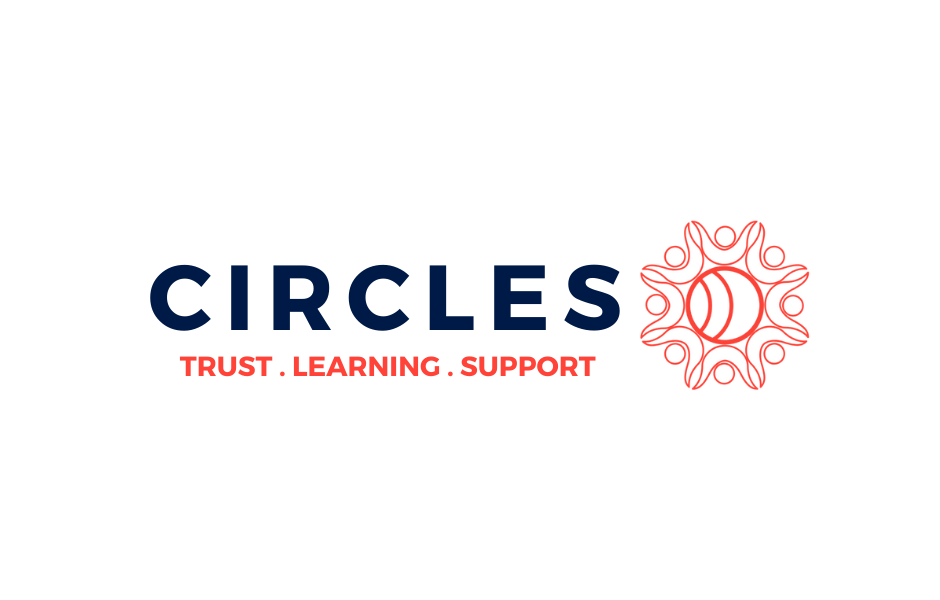What’s In Our Way?: What Research Tells Us About What We Are All Up Against
Shaun Adamec
Adamec Communications
Nat Kendall-Taylor
FrameWorks Institute
Breakout Description:
As a network of communicators for good, we come to this convening with unique perspectives on the issues we care about and are committed to addressing. Years of research on American culture shows that the issues we work on have more in common than we might think.
There are a set of cultural myths that run under all of our work and challenge our efforts to engage audiences, build support, and make change on our causes. These myths are deep and durable, but because they challenge all of our work, there is power in working collectively to address them through the messages we create and the stories we tell.
This session will examine the nature of these cultural obstacles, the ways in which they inhibit audience engagement and action, and what we can do to collectively confront them. Participants will witness these cultural models by examining the research, real life examples of where they have stopped good work in its tracks, and evidence-based message frames that can give rise to new ways of seeing the importance of our social issues and supporting the actions that will solve them.
This session is part of our Storytelling and Narratives Track.
Key Takeaways:
The ways in which three specific cultural myths inhibit the public’s ability to engage with our issues, understand the nature of the societal problems we work on, and support our solutions.
What 15 years of research can tell us about our culture and the obstacles our messaging meets when deployed to the public.
Evidence-based techniques and frames we can deploy to help the public understand our causes and support the solutions we offer.
Breakout Notes:
Introduction
We want this session to be helpful — take what we do and offer it up in a way that adds value to what you do.
We want to be humble — we think our work is awesome, but it is but one piece in a large and complicated puzzle in the process of using communications for social change.
The main purpose of this session is: The statistical/theoretical framework is cool, but what does it mean to people out in the field?
You say VS. They think
You might think you have the perfect way to describe your problem/issue in a way that resonates with your colleagues, fellow experts — but doesn’t resonate with the general public. What worked with you and your colleagues actually may do the opposite of that amongst general public.
What’s going on in between the you say and they think? Culture — a set of shared mental models, heuristics, ways of thinking, acting, and engaging on issues.
JFK said, “The great enemy of the truth is very often not the lie — deliberate, contrived and dishonest – but the myth — persistent, persuasive, and unrealistic.” This is what really challenges the truth that we as changemakers are trying to disseminate. Understanding culture’s role in informing behavior is what this session will explore.
Short-term vs long-term behavior: Sometimes as social cause communicators we adapt too many tactics from the political field — designed to impact short-term behavior — on Election Day — and we try to use that model to compel action, opinion shifts, compelling financial support.
But there is a better approach. The advice most people follow in a silo — messages must resonate, meet people where they are — is not bad but is incomplete. There is an understanding of how the brain works and how it responds to certain stimuli that we as cause communicators can work to our advantage.
What We Have Learned about Culture
The real learning happens when we lift our head up and look across issues, and see what the issues have in common in terms of their challenges, across education, justice reform, health, immigration, poverty, addiction. These challenges cannot be overcome by single-issue work — we actually have to come together and share.
Cultural Myths that Eat All our Issues
Individualism: Things are the way they are as a result of individual choice.
Problem: About 60 years of social science research suggests that people think of individual causes, they will identify individual solutions (make better decisions, willpower). If we can frame it as a social cause, the solutions will in turn be social. But this ability is anemic from lack of practice.
Our challenge as communicators is to put individual vs. social causes on more equal footing. C. Wright Mills distinguishes between Troubles and Issues. Troubles — character of the individual and their range of choices and awareness. Issues are public matters — “where some value cherished by the public is felt to be threatened.”
Solution: Strike a balance between context and will. Explain the role of context/systems in shaping outcomes. Explain how changes at systemic level can change individual and group outcomes. Statistics and specifics, infographics that reveal a system or cycle can be more powerful than individualizing an argument.
Fatalism: The belief that all events are predetermined and therefore inevitable.
Problem: Meaningful change is impossible in today’s world — government is inept, systems are broken.
Solution: Messaging that incorporates/posits solutions — and cites specific examples — resonates more with people, combats fatalism. Balancing communications about problems vs. solutions is key — balance focus on the urgency of the problem with the efficacy of solutions. Show that solutions improve outcomes and explain how the system works. Innovation, ingenuity, and progress are key to combating fatalism and your messaging falling victim to it.
The story of heroic teachers, e..g, triggers exceptionalism — we use it as an excuse to dismiss the whole lesson of the story; fail to see how it applies to me/my problem/systemic problem. Conveying a sense of hope for change is key.
Tribalism: The world exists in a zero-sum way — more/better for you and yours means less/worse for me and mine.
Problem: Tribalism is possibly the most toxic of these myths. Them/they sense — data can in fact be misinterpreted to fit ideology when this is the perception.
Solution: Us/we instead of they/them. Provide alternative frames — rather than refuting a frame that is offensive/exclusionary, creating a more compelling alternative. Lead people to an understanding of inequity, instead of leading with examples of inequity.
Conclusion
We are all struggling with these myths.
If we all adopt these new ways of framing/messaging, we can start pushing back on these myths; truths can come to the front.
Culture is deep, strong, and durable. But culture can and does change, and does so in response to stories that share and tell.


